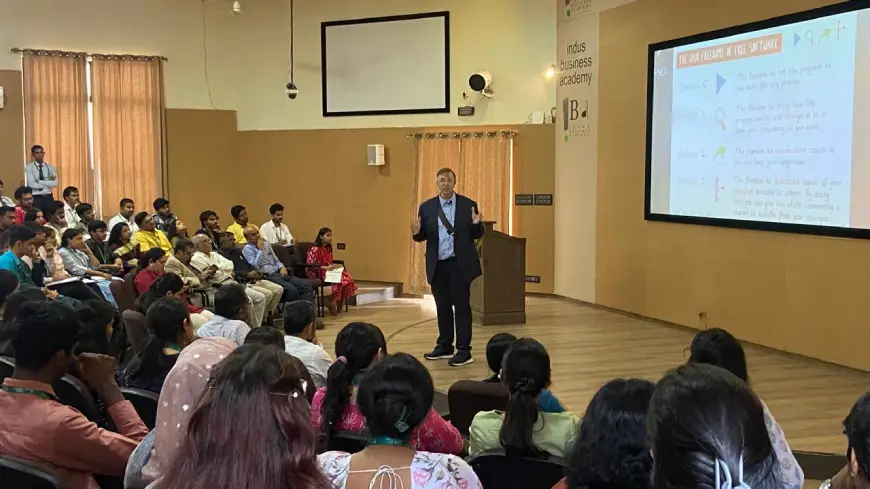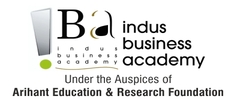
Free and Open Source Software
On 11th October,2024, Indus Business Academy (IBA) had the pleasure of hosting a highly interactive guest lecture led by Erik Moles, who hails from North Brabant. The session focused on the key distinctions between open-source and proprietary software, offering attendees a deep dive into the world of software licensing and collaboration.
Interactive Start:
The session kicked off with a warm greeting from Erik, who instantly captured the audience’s attention by posing a thought-provoking question: “What is the difference between open-source and proprietary software?” The first participant to correctly answer the question was awarded a symbolic prize—a penguin, the well-known mascot of Linux, representing the spirit of open-source software. This unique approach energized the audience, fostering an interactive and engaging atmosphere from the very beginning.
Understanding Open-Source and Proprietary Software:
Erik then took the opportunity to expand on the concept of open-source software. He provided an in-depth explanation of its collaborative nature, where users can view, modify, and distribute the code, contrasting it with proprietary software, which is closed-source and tightly controlled by its owners. The discussion also highlighted how open-source software encourages innovation, offering freedom and flexibility, while proprietary software remains restrictive in terms of usage and modification.
Open-source software (OSS) is characterized by its publicly available code, allowing anyone to view, modify, and distribute it. Governed by licenses such as MIT, GPL, and Apache, OSS promotes collaboration and sharing. Examples include Linux, Mozilla Firefox, LibreOffice, and WordPress. In contrast, proprietary software is privately owned, with restricted access to its source code, preventing users from modifying or sharing it. Common examples of proprietary software are Microsoft Windows, Adobe Photoshop, and Apple macOS.
This clear differentiation helped deepen the participants’ understanding of both software models, sparking further discussion on the advantages and limitations of each.
The session concluded with the presentation of a momento to Erik Moles as a token of appreciation for his insightful lecture. A group photograph was taken to capture the moment, leaving attendees with not only newfound knowledge but also fond memories of the event.
